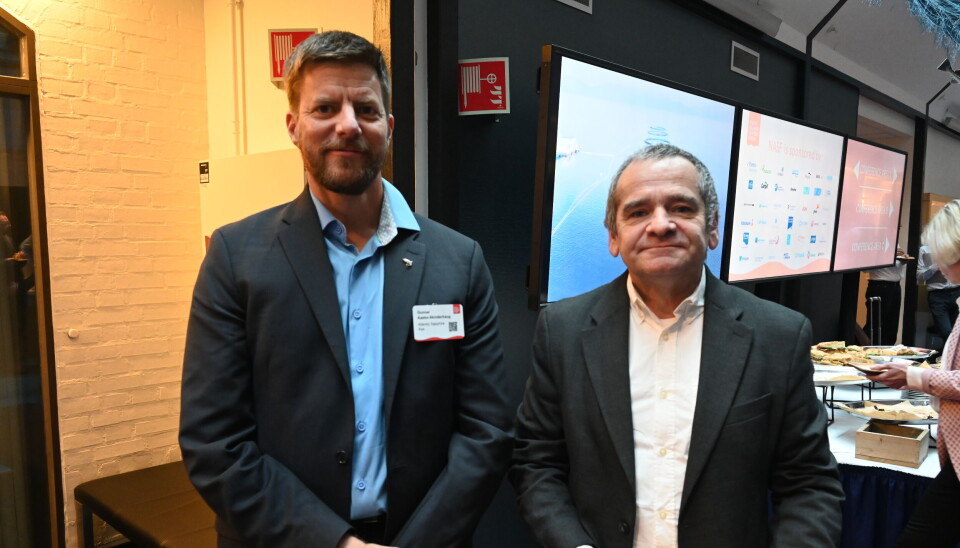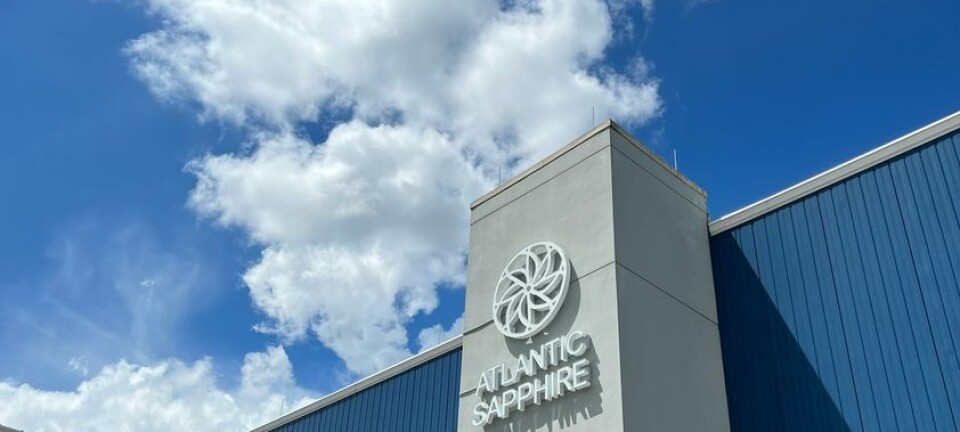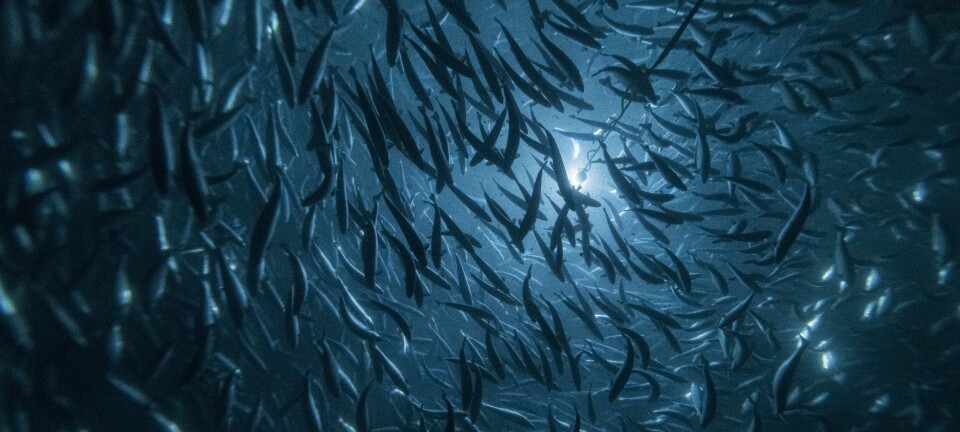
A clean start: how Atlantic Sapphire intends to finally make money
The land-based salmon farmer has made changes at its facility in the United States and its managers believe they have seen immediate results
Atlantic Sapphire has struggled with production problems and financial losses for years, despite major investments. And last week, the Florida fish farmer announced that it would not be profitable this year and would complete another fundraise in the second half of 2025. The news sent its share price plummeting.
Last summer, Pedro Courard and Gunnar V Aasbø-Skinderhaug joined the company as chief executive and chief financial officer, respectively. Both came from management positions at salmon producer Cermaq and have been tasked with turning the troubled ship around.
At the North Atlantic Seafood Forum in Bergen yesterday, they talked about the changes in biomass strategy that have been implemented.
Reduced number of fish
Courard said that they had too many fish in relation to the feeding capacity, which impacted on their size.
"We are now in a period where we will reach larger harvest weights, so that we can achieve better sales prices, and then scale up to 8,000 tonnes," said Courard.
The change in strategy has, among other things, resulted in a reduction in the number of fish per batch.
"When I started, I spoke to one of the employees," recalled Courard. "He said that last week we had a good week and harvested 400 tonnes."
The bad news for the CEO was that the average weight of the fish was just 1.4 kilos.
“That was the starting point,” added Courard.
Full overhaul
Courard credits the company's founders for building an advanced and innovative facility, but he doesn't hide the fact that the new management has had to do a major clean-up and still has a lot of work ahead.
"What we have done since we came in has been to remove bottlenecks and optimise operations," said Courard.
Among the changes, a full overhaul of the facility has been carried out, an experienced team has been brought in, and a more systematic maintenance and cleaning schedule has been introduced.
Another measure has been for the company to handle all the processing itself, which Courard believes gives it full control over quality and better utilisation of the fish.
"Based on this, we have increased fillet yield by 7%. Today, we are moving in the right direction."
Immediate results
“The short-term focus when we came to Miami was to reduce the number of fish stocked,” said Aasbø-Skinderhaug, who believes they have seen immediate results.
"We expect the average weights to increase in the second and third quarters. We also see that price achievement is correlated with the average weight."
Parts of the next phase of construction for the massive Miami facility have already been completed. Phase two will have a completely different design, which the company said is based on knowledge and experience from phase one.
"We aim to raise money for other construction phases during the second half of the year," said the CFO.
When phase two of the development is complete, the facility will have a production capacity of up to 25,000 tons of salmon.























